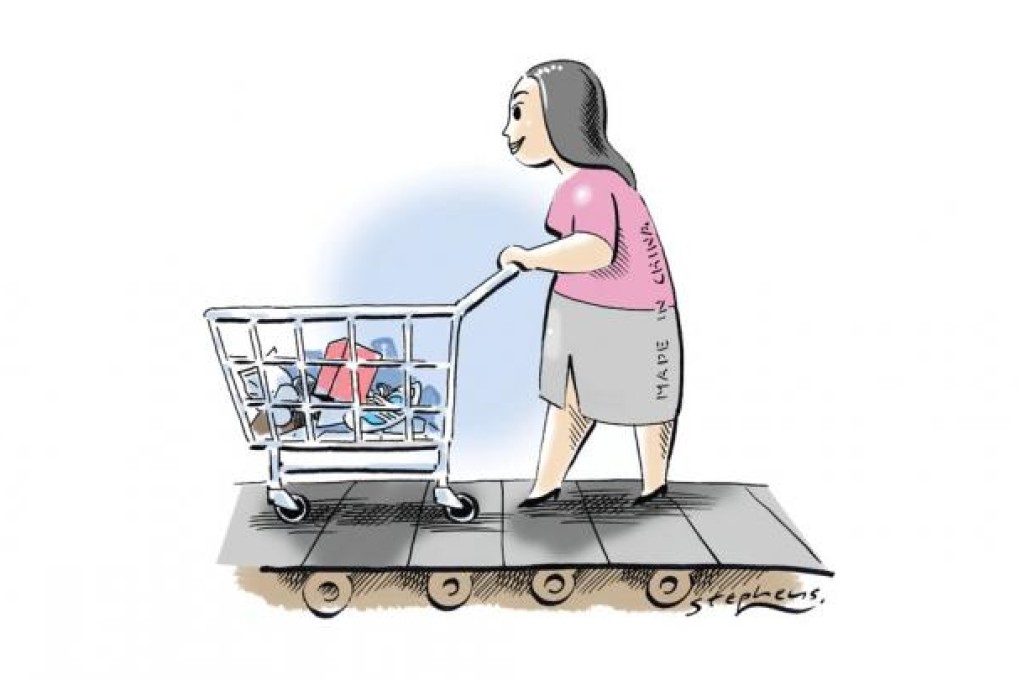The Chinese consumer takes centre stage
Ha Jiming says rising income, demographic changes and a weaker export sector are giving Chinese consumers a bigger role in economic growth. This spells opportunity for many

For the past three decades, China has been known as the "world's factory" for its low labour costs and manufacturing capabilities. The "Made in China" label can be seen on different products, in particular toys, clothing and footwear. This has been a major driving force of economic growth in China. As of the end of last year, according to the National Bureau of Statistics, the manufacturing sector contributed over 32 per cent to China's gross domestic product.
Underpinning the low-cost comparative advantage of manufacturing enterprises was the abundant low-cost labour that migrated from rural areas and the specialised industrial clusters that took shape in the coastal regions.
However, after 30 years of fast growth, the "Made in China" model is becoming unsustainable. With rising labour costs and an increasingly unstable labour supply, low-end manufacturing enterprises in China have begun to relocate to low- income countries such as Indonesia, Vietnam and Cambodia in the past few years. International brands such as Nike, Coach and Muji have all announced plans to scale back the manufacturing base or share of orders processed in China.
The average urban minimum wage in China has gone up every year since 2010 and in the first half of this year, 16 regions and provinces raised the minimum wage further by an average of 19.7 per cent. According to the National Bureau of Statistics, in the first half of 2012, Chinese urban residents' real per capita disposable income grew by 9.7 per cent, while rural residents' real per capita cash income grew by 12.4 per cent, both outpacing the real GDP growth of 7.8 per cent in the same period.
With such income growth comes the concept of "Made for China". Chinese households are spending more not only on better food, brand-name clothing, luxury cars and other high-end consumer goods, but also on services such as telecommunication, travel, entertainment, education, health care and insurance.
It means there will be much room for development and investment in sectors such as agricultural products, safe food and drink, mid- and high-end consumables, health care, financial services, tourism and cultural recreation. Household registration reform and an improved urban environment will also support the development of the property industry in the longer term.
Chinese consumers have already emerged as major customers for luxury-goods companies. Company data shows that, on average, sales revenue of nine international luxury brands on the mainland and in Hong Kong and Taiwan accounts for 20 per cent of their global sales. This share is likely to increase as household income continues to grow.